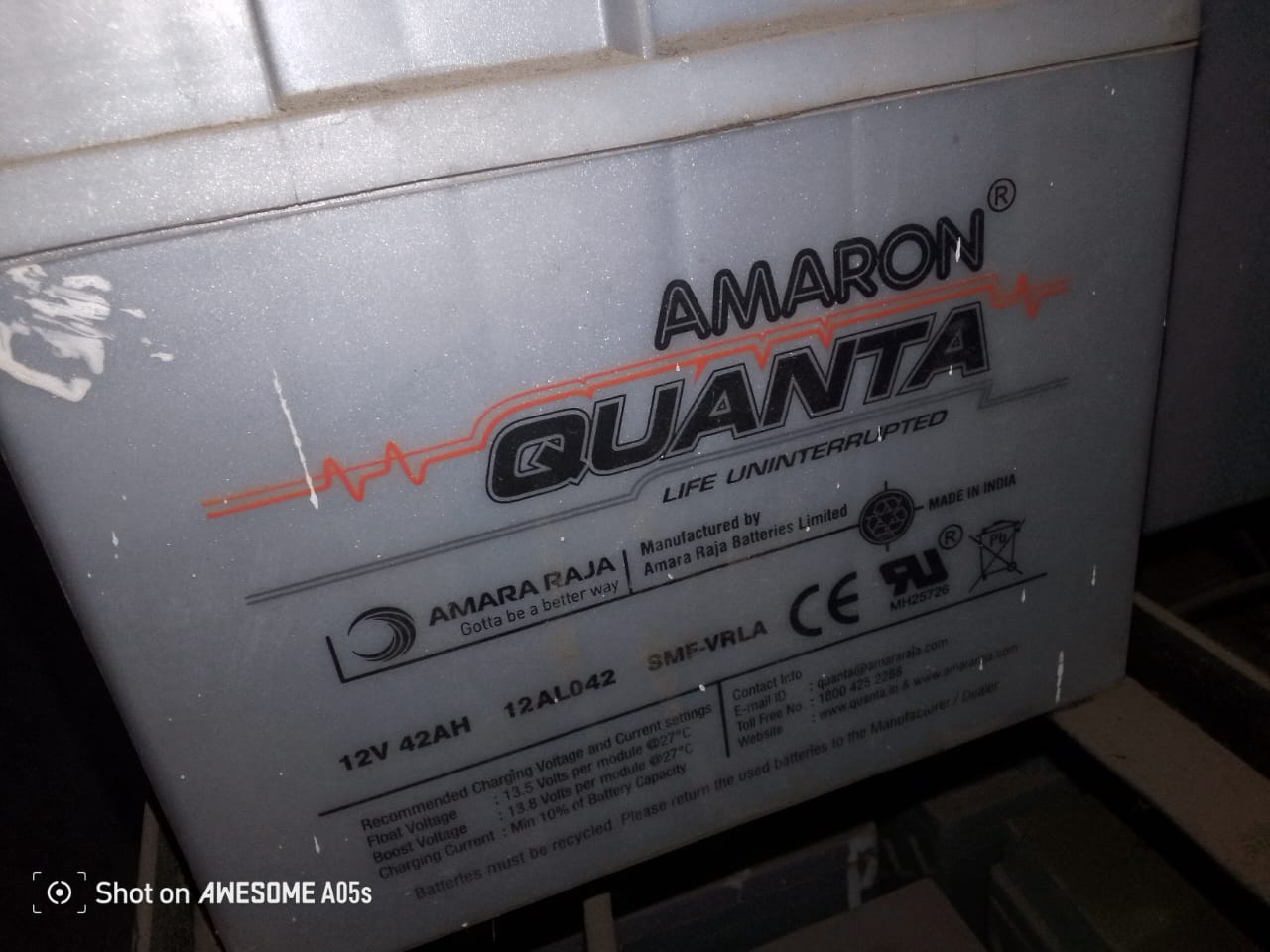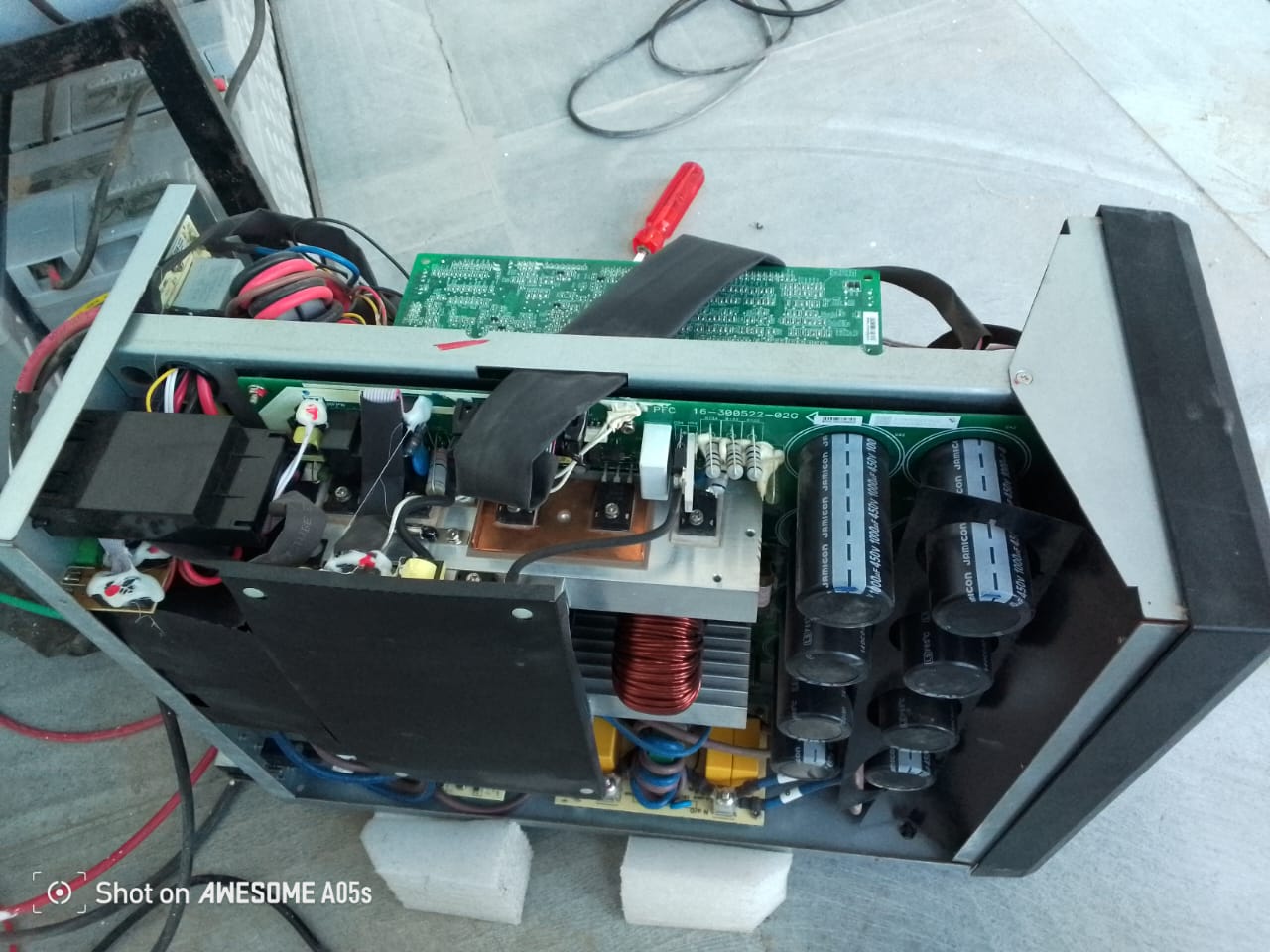Vertiv (formerly Emerson Network Power) is a leading provider of uninterruptible power supply (UPS) systems, power management, and thermal management solutions. Vertiv\'s UPS systems, including models with 2kVA capacity, are widely used in homes, offices, and small businesses to provide reliable power backup during grid power failures or fluctuations. When a Vertiv 2kVA UPS encounters issues, it may require repair, either due to a malfunctioning component or wear-and-tear over time. Here’s an overview of common problems, repair procedures, and troubleshooting steps for Vertiv 2kVA UPS repair: Common Problems in Vertiv 2kVA UPS UPS Not Turning On Possible Causes: Faulty battery or dead battery Blown fuse or circuit breaker Power supply input issue (fuse or switch) Repair Action: Check and replace the battery if necessary. Inspect the fuse or circuit breaker and replace if blown. Verify the input power connections. Frequent Switching to Battery Mode Possible Causes: Input power fluctuations or poor power quality Battery failure or degraded battery capacity UPS in bypass mode due to an internal fault Repair Action: Test the incoming voltage using a multimeter to ensure it’s within the UPS input range. Check the battery voltage; if it\'s low, consider replacing the battery. Check if the UPS is in bypass mode and reset it if necessary. UPS Not Charging the Battery Possible Causes: Faulty charger circuit Bad battery connections or corroded terminals Defective charging board Repair Action: Inspect battery terminals for corrosion and clean them. Test the charging voltage and check for proper charging circuit operation. If the charger board is defective, it may need to be replaced. Overheating and Shutdown Possible Causes: Overloaded UPS (too many devices connected) Poor ventilation or blocked air vents Faulty cooling fan Repair Action: Disconnect unnecessary devices and reduce the load. Ensure the UPS has proper ventilation and airflow around it. Check the fan for functionality; replace if faulty. UPS Producing Beeping Sound Possible Causes: Low battery Overload condition Internal fault or failure of components Repair Action: Replace or recharge the battery if it’s low. Disconnect some load if the UPS is overloaded. If the beeping persists, perform a deeper diagnostic of internal components (inverter, rectifier, etc.). Output Voltage Issues (Distorted or Incorrect Voltage) Possible Causes: Faulty inverter or rectifier circuit Problem with the output transformer Faulty output relay or PCB Repair Action: Measure the output voltage and compare it with the rated output. Inspect the inverter and rectifier circuits for any faults or blown components. Check the PCB for signs of damage or burnt components.
Send Message







